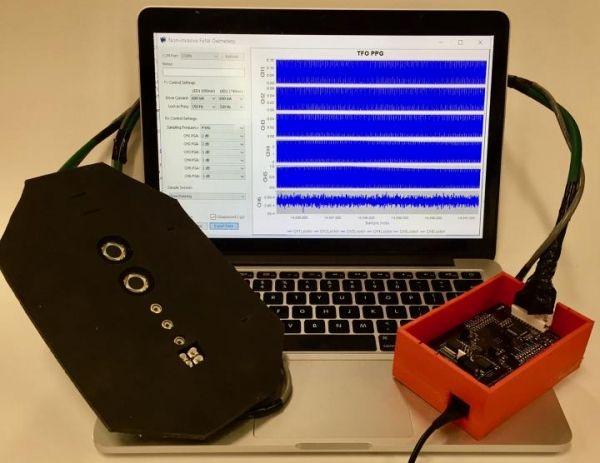A device to directly measure blood oxygen saturation in a fetus during labor has been developed by researchers at the University of California, Davis. By providing better information about the health of a fetus right before birth, the device could both reduce the rate of cesarean sections and improve outcomes in difficult deliveries.
Since the 1970s, U.S. obstetricians have monitored fetal heart rate and the mother’s rate of contractions as a way to assess the health of the fetus during labor. Taken together, these measurements are a proxy for fetal blood oxygen levels. If the fetus is deprived of oxygen before birth, it may suffer lasting damage or die — leading doctors to perform C-sections if they think a fetus is getting into trouble.
This practice has led to a high rate of C-sections, but without much improvement in the rate of fetal complications associated with oxygen deficiency.
“We wondered if we could build a device to measure fetal blood oxygen saturation directly,” said Soheil Ghiasi, professor of electrical and computer engineering at UC Davis.
Read more at University of California - Davis
Image: Prototype of the external fetal oxygen monitor developed by engineers at UC Davis. The device uses light to directly measure fetal oxygen saturation. Existing monitors used in the delivery room infer fetal oxygen by measuring fetal heart rate and contractions, and have a high false positive rate leading to many Cesarean sections. The new device has so far been successfully tested in sheep. (Credit: Daniel Fong, UC Davis)


